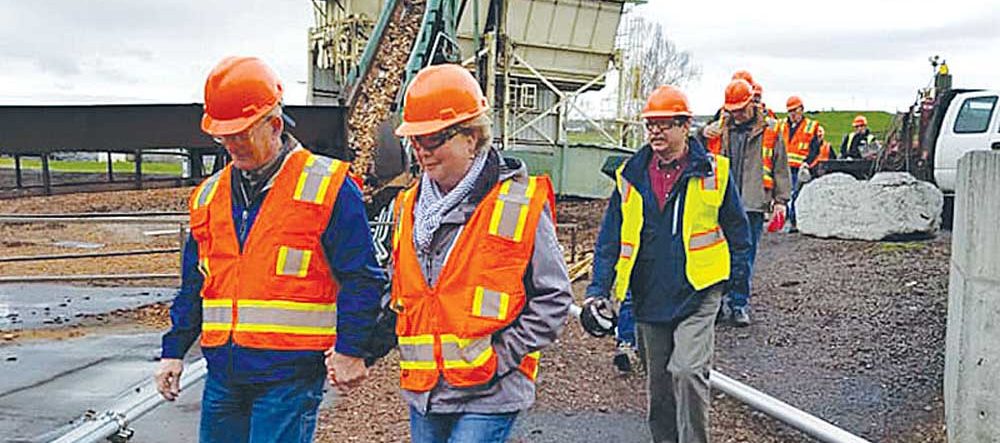Bills would curb aggregate mining on high-value farm land
Published 9:05 am Thursday, March 7, 2013
By MITCH LIES
Capital Press
SALEM — Farmers and aggregate miners are waging a dispute in the Legislature over whether mining should be allowed on high-value farm ground and, if so, under what conditions.
At the center of the dispute are House Bills 2201 and 2202. The bills, which place new conditions on aggregate mining on Class I and Class II soils on land zoned for exclusive farm use, are sponsored by Rep. Brian Clem, D-Salem, at the request of the Oregon Farm Bureau.
Among new conditions, HB2202 requires that applicants for Willamette Valley mining permits show the proposed mining cannot be accommodated on other sites. HB2201 requires that permits can only be issued if the applicant agrees to reclaim an aggregate site “to the same quality farmland that was present before the permit was approved.”
In a hearing before the House Land Use Committee, representatives of the aggregate industry characterized the bills as “devastating” and said they would drive the industry out of the Willamette Valley to the foothills.
“And with that comes lower-quality materials, and it would be more costly,” said Rich Angstrom, president of the Oregon Concrete Aggregate Producers Association.
Farmers contend that miners have alternative sites for aggregate extraction, but there are no good alternatives for farming.
“We do not have any other viable options for finding additional farmland to produce our food on,” Benton County farmer Peter Kenagy said.
“In the future, I think all of us are going to regret approving these conversions allowing mining,” Dayton, Ore., farmer Sam Sweeney said, “because once they are gone, you are never going to get them back.”
Gary Lunch, assistant director for the Oregon Department of Geology and Mineral Industries, said 10,211 acres in the Willamette watershed are being mined for aggregate. Of that, 5,033 are Class I or Class II soils zoned exclusive farm use, said Jim Johnson, land use specialist with the Oregon Department of Agriculture.
“It doesn’t sound like a lot of acres,” Johnson said, “but it is the best of the best.”
Portland lawyer Paul Hribernick characterized the industry’s impact on farmland as minimal, measuring less than 1/10th of 1 percent of available high-value farmland in the valley.
“This is not the problem,” Hribernick said.
Willamette Valley aggregate mines contribute greatly to Oregon’s economy, Angstrom said.
“If we are moving product from forest or farm to market, it is done on the back of aggregate,” Angstrom said. “The farm community needs us. The forestry folks need us. The nursery business needs us. Cities and counties need us.”
Angstrom also said that Willamette Valley bottomland provides unmatched aggregate quality and easy access to transportation corridors.
Bruce Chapin, a Salem farmer and head of the Oregon Farm Bureau’s aggregate committee, agreed that the aggregate industry isn’t the sole reason farmers are losing high-value farmland in the valley.
“It is not just the aggregate industry that we’re having a problem with,” Chapin said. “We are losing farmland, and it comes from multiple issues.
“But the aggregate industry is making a major contribution,” Chapin said. “And as a third generation farmer in the valley farming with two of my kids, this loss of farmland is very important to me.”
The House Land Use Committee, which Clem chairs, has not taken action on the bills, and no additional hearings have been scheduled.
The committee has until April 18 to hold a work session on the bill.









